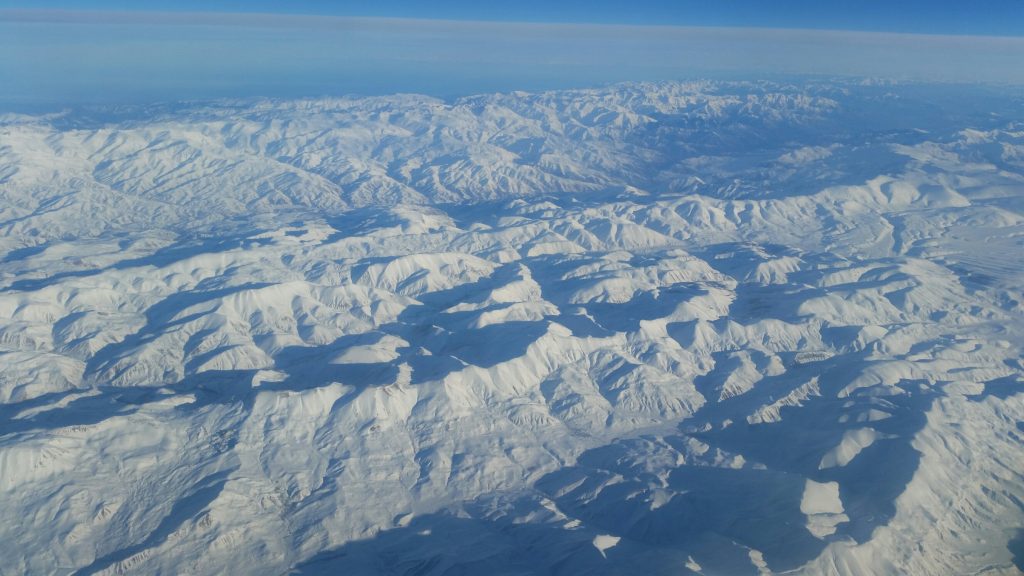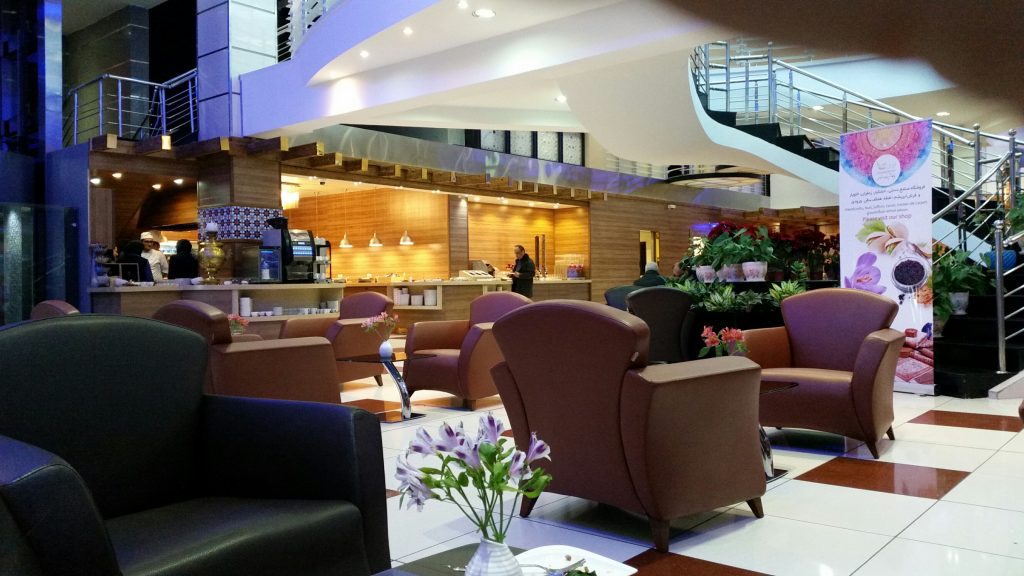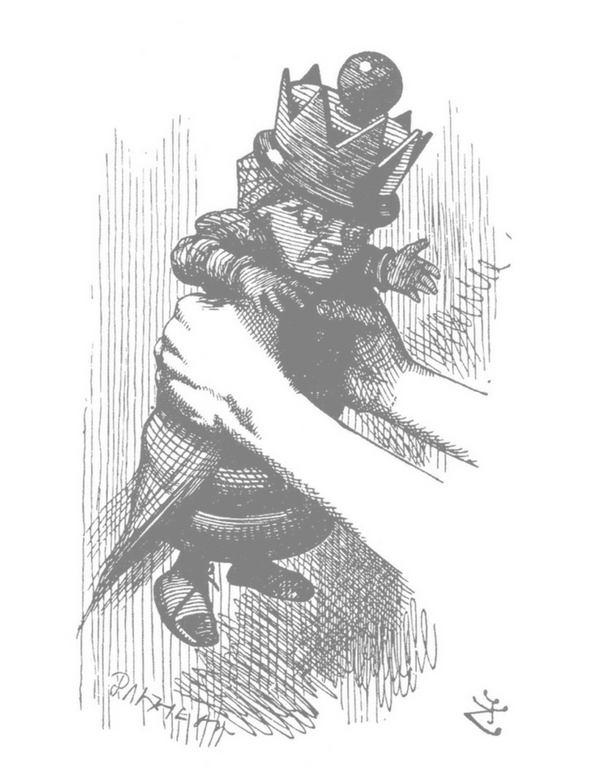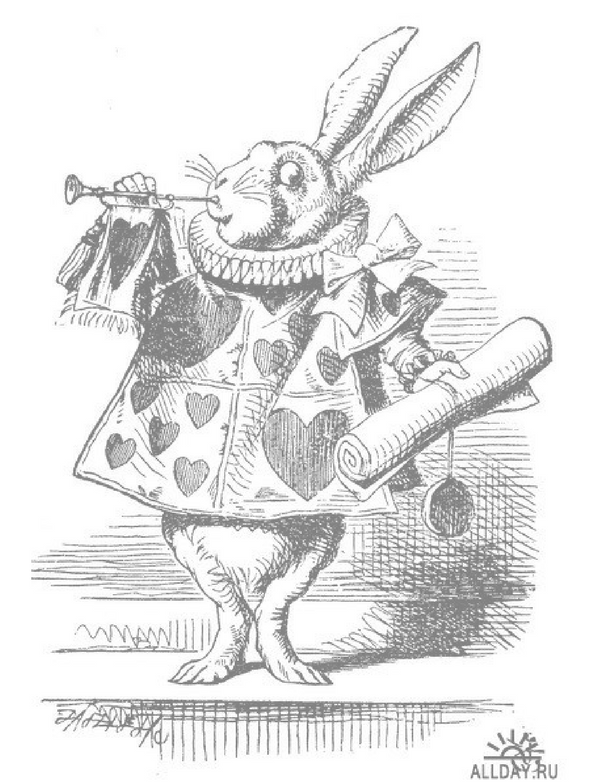Iran Air beckoned, but I will admit to feeling more than a few misgivings as I strolled around one of London’s most desirable residential areas in search of the Iranian consulate.
My wife Judith had suggested that I was mildly insane to accept an invitation from Iran Air to deliver a three-day course on airline fleet planning in Tehran. I will never be allowed into the United States, she said. My reputation will be tainted. I won’t get paid. And so on…
Finding the embassy
It was the flag that gave it away. The embassy, at 50 Kensington Court W8, turned out to be a five-storied terraced mansion close to Kensington Palace and, helpfully, a few minutes’ walk from Harrods. The visa section, as is so often the case with embassies and consulates around the world, is not housed within the imagined opulence of the main building, but in a collection of ramshackle and cramped rooms in a dodgy looking basement.
A procession of all-male visitors was both entering and leaving, and we jostled past each other on the steep concrete steps. It all smacked of something rather shadier than a consulate. Yet the process of getting a visa turned out to be rather efficient, if a little confusing and expensive (£275 for a same-day service, cash only). And everyone was extremely polite.
Isolation and the need for change
Mention ‘Iran’ and westerners think of the hostage crisis, possible nuclear ambition, a long drawn out war with Iraq, and a bearded Ben Affleck evading the revolutionary guard. This nation of around 82 million people has found itself at odds with the west, and especially the United States. Iranians have endured nearly 40 years of relative isolation owing to an economic sanctions policy that has put a brake on normal development. Iran Air has been unable to purchase new aircraft for decades, although some Iranian airlines have managed to procure used equipment.
Infrastructure developments to improve airports and air traffic control systems have been largely stifled. This land-locked country the size of Germany lacks a sophisticated road network. There is an obvious need for air transportation but few people fly. In fact, the number of passengers in Iran is just 10% of Germany’s despite a comparable population. On a positive note, traffic grew by more than 20% in the six months before my visit and IATA predicts that passenger traffic will rise from 12 million in 2015 to 43.6 million by 2034.

Tabriz from the air
None of this growth is likely unless all airlines in Iran are permitted to renew their ageing fleets. The last time Iran Air took delivery of a new aircraft was in 1994. Implementation of the landmark Joint Comprehensive Plan of Action on 16 January 2016, in which sensitive nuclear activities would be limited, paved the way for the lifting of crippling sanctions. In turn, this has opened the door for Iran to finally purchase new aircraft.
The pressure has been released and patience rewarded. Iran Air has recently concluded contracts with Airbus and Boeing for up to 180 new aircraft. ATR has also secured a deal for up to 40 aircraft.
Expectations were low
My expectations of an Iran Air flight from Heathrow to Tehran were not, to be perfectly honest, high. In retrospect, I had been rash in consulting the Skytrax quality rating for Iran Air. I wish I hadn’t. The airline has been awarded a paltry two stars, a rating that Skytrax classifies as ‘poor or inconsistent standards of service’. Walking onto the elderly Airbus A300 was as surreal as floating through a portal to the 1980s. Numerous sources suggest that the average age of the entire fleet is around 24 years, and it shows.
The imposition of sanctions resulted in a plunging safety record and huge difficulties in procuring spare parts. Poor on-time performance became routine. Clearly, it must be quite a juggling act simply to keep aircraft flying. However, despite all the difficulties, Iran Air has managed to pass the IATA Operational Safety Audit, a benchmark for global safety management. So, was I worried about my personal safety? Only slightly.
Outward flight
The ambience of the Business class cabin was jaded and the design and standards were rooted in the past. The cabin crew, dressed modestly in sombre uniforms in accordance with Islamic requirements, were unfailingly courteous. All I needed to do was mentally readjust my thinking and remember that time has stood still for Iran Air for decades. Once I had rebooted my expectations, everything was perfectly fine. In fact, the whole experience was sweetly nostalgic. One oddity was the communal video, which entailed an enforced darkened cabin for about 90 minutes. The feature film was a locally produced, non-offensive sit-com with clunky acting. Nobody seemed to pay any attention to the screen.

Tehran airport lounge
Arrival at Imam Khomeini International Airport was pretty much on time and uneventful. I was the only passenger to pass through the ‘foreign arrival’ track. Clearly, British Airways must have a virtual monopoly on non-Iranian traffic from London.
The hotel
Iran Air had arranged my accommodation at the five-star Homa Hotel, which was a Sheraton in bygone days. There was a whiff of faded glory surrounding the hotel although everything seemed to function rather well, apart from the pedestrian internet speed. There was no access to the BBC, CNN, or Facebook. The hotel would not accept western credit cards, so my extras had to be paid for in cash.
The exchange rate took a little getting used to. Four chocolate bars set me back precisely 383,998 Iranian Rials or, if you like, just under £10, or $12. The enormous lobby was mostly empty during my stay. The vast dining room was in a state of constant readiness with enough tables set to welcome hundreds of guests, but on my first two morning visits, I was the only person at breakfast. A quaint touch was a beverage service by an elderly waiter propelling a similarly vintage tea trolley. The coffee, for the record, was awful.
Iran Air’s friendly driver
Each morning I was picked up promptly by an Iran Air driver called Mohsen in a white Toyota Land Cruiser. He took me to Mehrabad airport to conduct my airline fleet planning course. Each trip afforded frustratingly brief glimpses of the snow-capped mountains that encircle Tehran. Mohsen was in his early sixties and an avid Manchester United fan.
He spoke softly in good English and was happy to reminisce about his younger days when the country was not burdened by sanctions, and the national airline was held in high esteem. Indeed, in the late 1970s, Iran Air was reputed to have been among the fastest growing and most profitable airlines in the world. It boasted an enviable safety record. I was surprised to learn that Iran Air had once ordered two Concorde aircraft and had briefly chartered one of the supersonic jets for flights between Tehran and Paris.
Mohsen dropped me nicely on time each day at the large training complex adjacent to Mehrabad airport. This is now the domestic airport and the busiest in the country in terms of passenger numbers. The training centre was buzzing with activity. My students were always punctual, attentive and appreciative, and I formed a distinct impression that I was the first Westerner for some time to deliver a fleet planning course to Iran Air.
The old workhorse
Outside the training centre, an elderly 727 with shortened wings stood on a plinth in a shaded garden, basking in the winter sunshine. The venerable Boeing was being used for instruction in cabin procedures. It doubled as a backdrop for my students to take selfies during our coffee and lunch breaks.
After I had completed my final day’s teaching in the training centre, Mohsen took me back to the Homa Hotel for the final time during the evening rush hour. Having lived in the Middle East, I was not particularly troubled by the aggressive driving behaviour of the locals. It’s something you get used to. Until this moment, I had never been involved in a car accident in the region. That was about to change on my last trip back to the hotel.
Crash!
Edging our way through the swirling mass of evening traffic our Land Cruiser was suddenly side-swiped by a speeding black SUV. The Toyota lurched violently and then righted itself. What happened next surprised me. The black SUV swept past and charged off. Mohsen visibly tensed, leaned on the horn and floored the accelerator. The Land Cruiser lurched forward as we gave chase.
I was sitting in the back and grabbed the headrest of the front passenger seat with both hands to steady myself as we weaved in and out of the traffic. It took only seconds to catch up with the black SUV as its driver struggled to lose us. Mohsen kept shouting, ‘Sorry…sorry’ to me as we tailgated the assailant, horn blaring. After no more than a minute the driver of the black SUV decided to capitulate and pulled over. A young man jumped out and ran towards us.
All smiles in the end
Mohsen leapt out ready to catch him. I was expecting punches to be thrown. To my amazement, the young SUV driver threw his arms around Mohsen as if he were a long-lost friend, hugging and patting him on the back. He was all smiles as he worked to defuse the situation. Mohsen, to his credit, stayed calm. Within seconds they were examining the damage to the Land Cruiser which in fairness was not too dramatic. After a few more hugs and kisses the two men returned to their vehicles, and we resumed our respective journeys.
There was no exchange of addresses or telephone numbers, no talk of insurance claims and, perhaps significantly, no police. As we continued at a more sedate speed, I asked Mohsen what had been discussed between the men. He calmly raised his arms, glanced over his shoulder, and said, ‘He is young and too excited. It is not a problem.’
Returning home
The following morning, I checked out of the Homa Hotel. I noted with some dryness in the throat that my pre-paid four-night stay had cost just over 25 million Iranian Rials. I took a taxi to Imam Khomeini International Airport for my return flight to London. After queuing for some minutes, I presented my passport to the check-in agent. He politely told me that I had come to the wrong part of the airport. He would call someone to escort me to another check-in zone. Within a few moments, someone led me back out of the terminal building to a waiting car, and I was driven to another building. This turned out to be the CIP, or ‘Commercially Important Persons’ facility of Iran Air.
And what a surprise it turned out to be. Instantly, the expected stress of grinding my way through the check-in and security processes evaporated. I felt almost light-headed as I wafted through the procedures and was then escorted into a modern, spacious waiting area equipped with two banks and a well-appointed self-service eating area. I caught myself smiling which, trust me, has never, ever happened before at an airport.
Finally, new aircraft arrive
The day after I left Tehran, Iran Air took delivery of an A321, their first brand new aircraft for 23 years. I had been told that celebrations would be muted. The former President, Akbar Hashemi Rafsanjani, one of the most influential figures since the Iranian Revolution, had died a few days earlier.
The significance of the Airbus delivery is huge. Finally, Iran Air, together with other Iranian airlines, can start the long process of modernisation and prepare for growth. Of course, politics may yet dictate the outcome. Iran has found itself under increasing scrutiny by the Trump government. Will Trump pull the plug on the lucrative deal signed with Boeing? Will Airbus and ATR be affected?
It is too early to say, except that Donald Trump is a businessman before a politician and it would be counter-intuitive to harm United States business interests simply to make a political point. Terminating the deals that have already been signed would seriously damage Iran Air’s long-term ability to grow or even maintain their operations. Iran Air’s then CEO Farhad Parvaresh was unconcerned that the Trump government might scupper his plans to modernise. He has been quoted by the Financial Times as saying, ‘I’m not even thinking about it.’
Did Judith’s dark warnings materialise? Well, I did manage to obtain a visa to visit the United States. It was a tortuous process. And I did get paid…eventually.



















